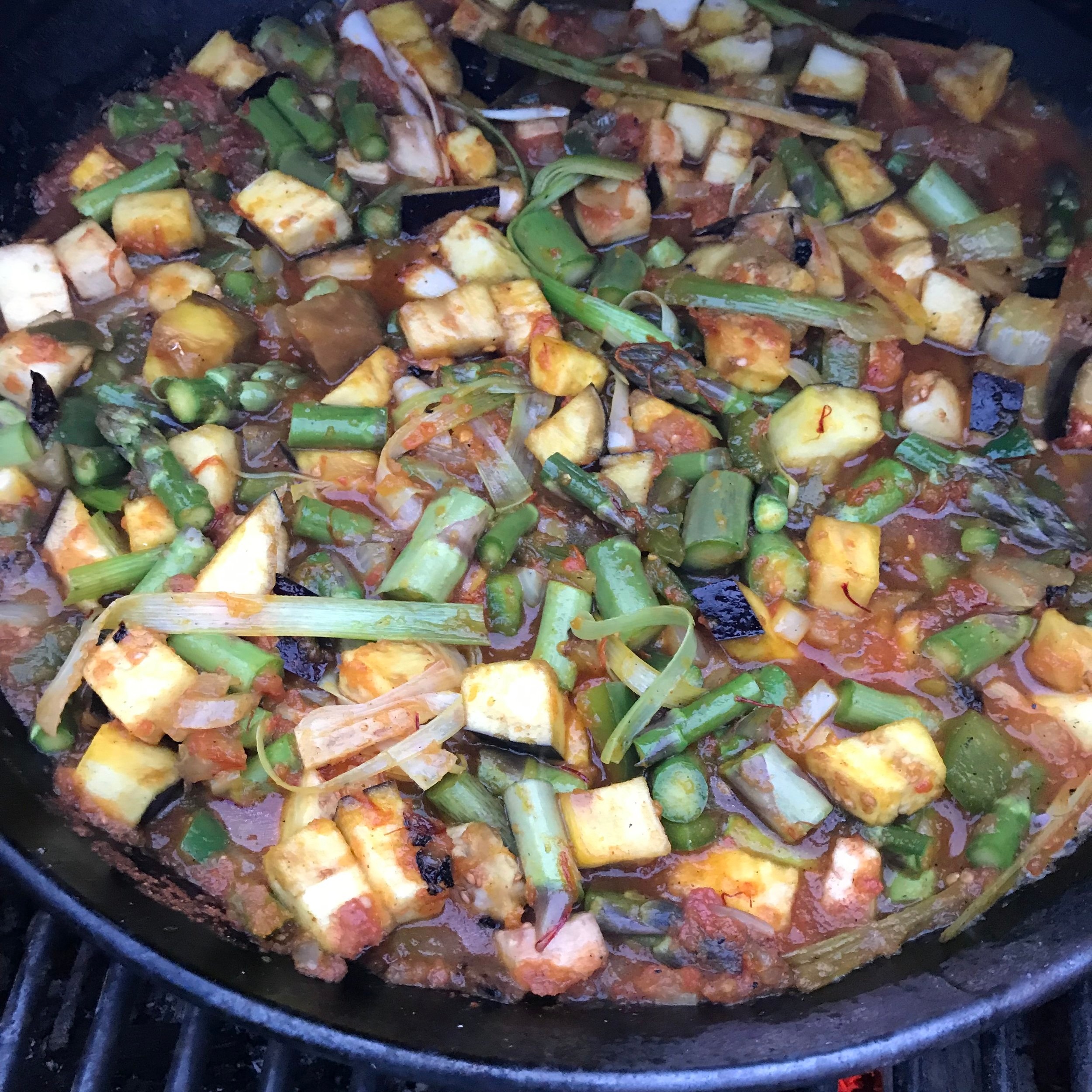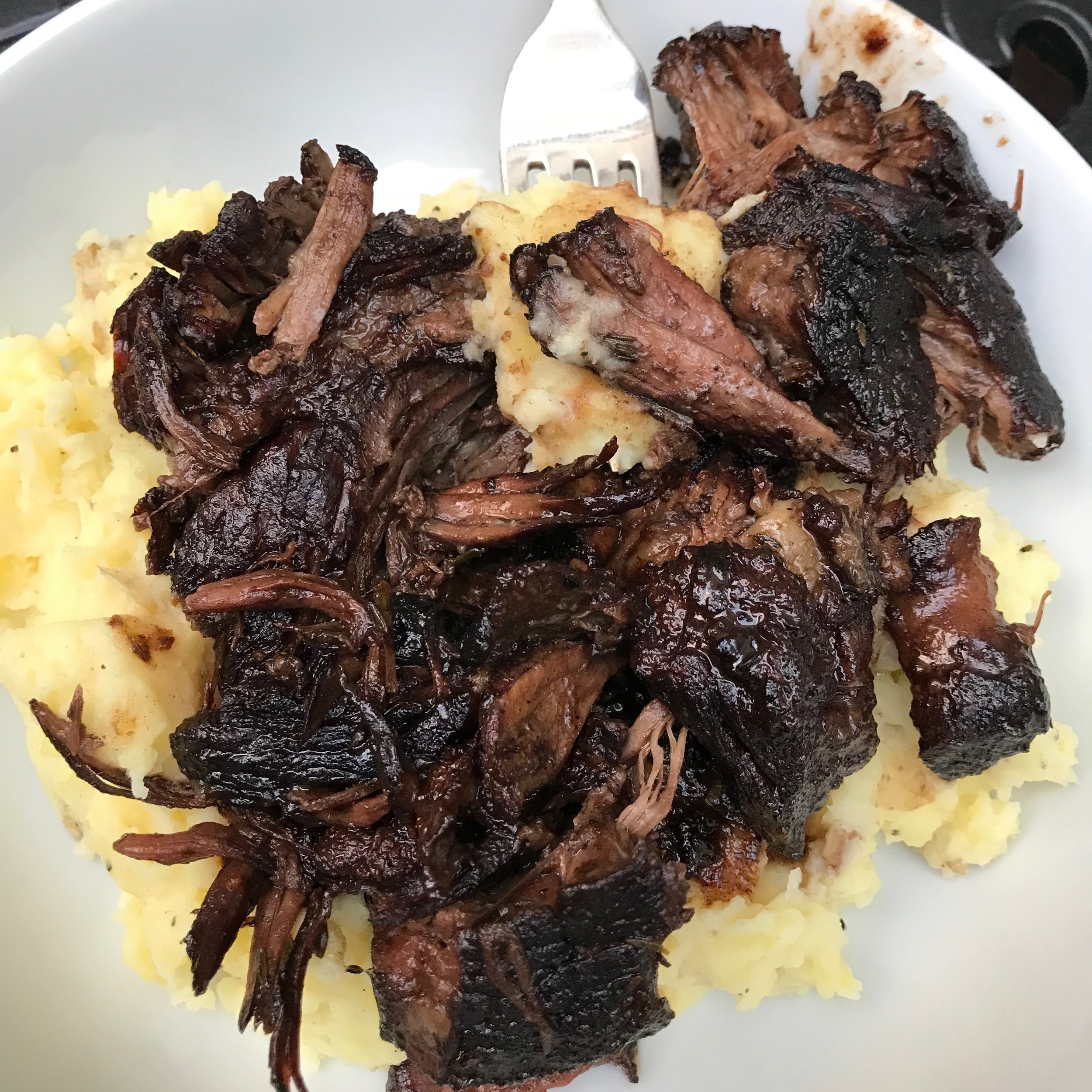Start a Project: Reading List
Suzanne Pollak
An old-fashioned concept might be brand new to some: READ A BOOK!
Since school is starting soon, we at the Academy took it upon ourselves to watch less Netflix and read more books. Immediately we were reminded that reading is just as relaxing and possibly more rewarding than night after night of episodic TV. Netflix CEO Reed Hastings laid down this fact, “Netflix’s number one competitor is sleep, and we are winning!” which is proof that the vast majority of us have not only stopped sleeping but also stopped reading.
The feel of a real book in your hands — turning the pages without stopping to look at a screen — is pure magic. If you need inspiration, open an old-fashioned cookbook, as opposed to TV chef-authored book. Those books instruct, delight, and transport us to other worlds in the past or over the seas.
The Academy team’s favorite food books (pictured at top):
Suzanne - How to Cook a Wolf by MFK Fisher
AK Lister - A Taste of Country Cooking by Edna Lewis (which is a proper cookbook but still a pleasure to read & will open all kinds of doors into the soul of American cuisine.)
Geoff Yost - Blood, Bones & Butter by Gabrielle Hamilton
Sarah Bachleda - The Lost Vintage by Ann Mah
John-Anthony Thevos - At Home by Bill Bryson
Francine Maurokian - Alice Lets Eat by Calvin Trillin
For more reading ideas, join us in Charleston during the first weekend of November to experience the exciting Charleston to Charleton Literary Festival featuring an array of world class authors, speakers, and parties.






![[Illustration, Pepperidge Farm Cookbook, c. 1970]](https://images.squarespace-cdn.com/content/v1/527a76b5e4b07965b54b1e2b/1562898301853-QB95KDNXY296AADYSSPP/gallery_hero_2152176-original.jpg)






































![[Image: Mary Gilbert, The Roads Travelled.]](https://images.squarespace-cdn.com/content/v1/527a76b5e4b07965b54b1e2b/1524681466245-9AN5ISS835C492KI9UFS/Screen+Shot+2018-04-25+at+2.36.24+PM.png)







